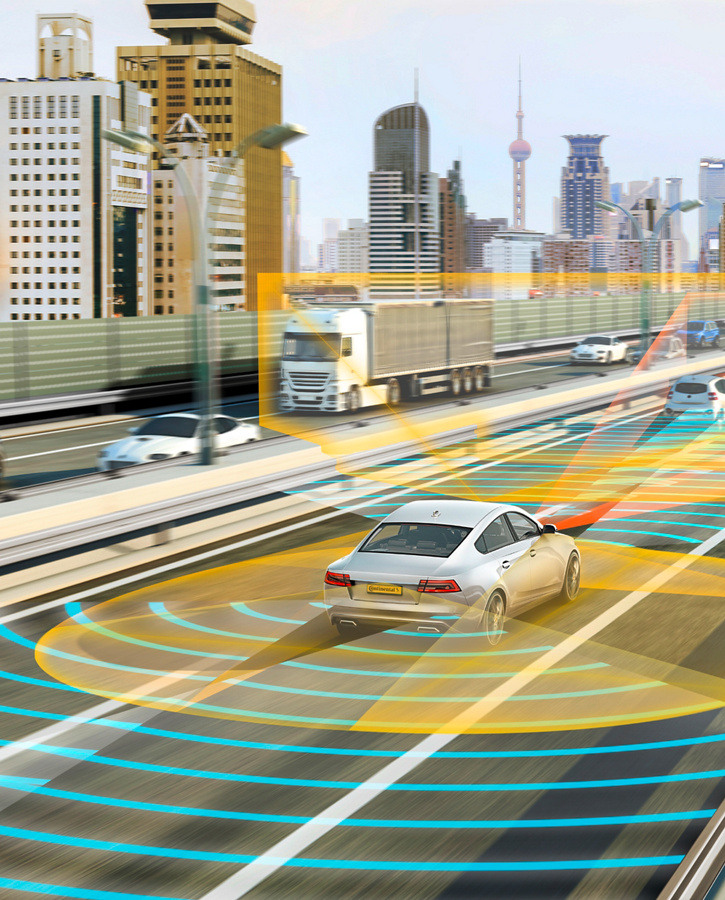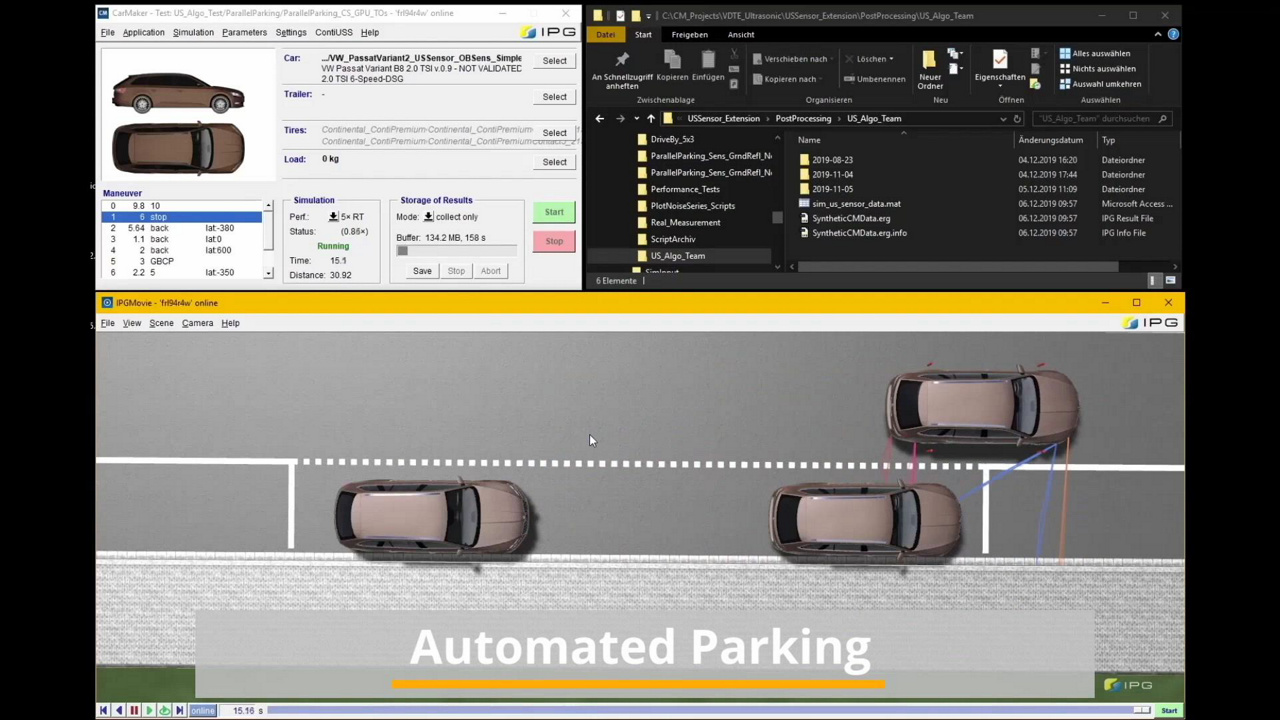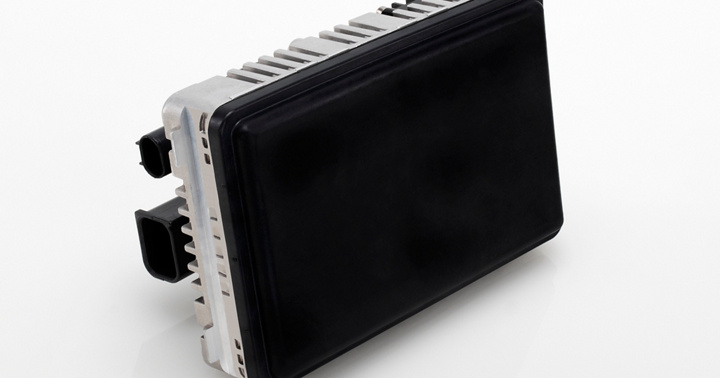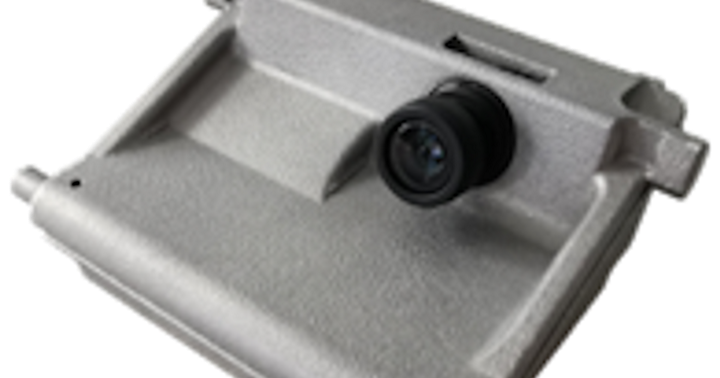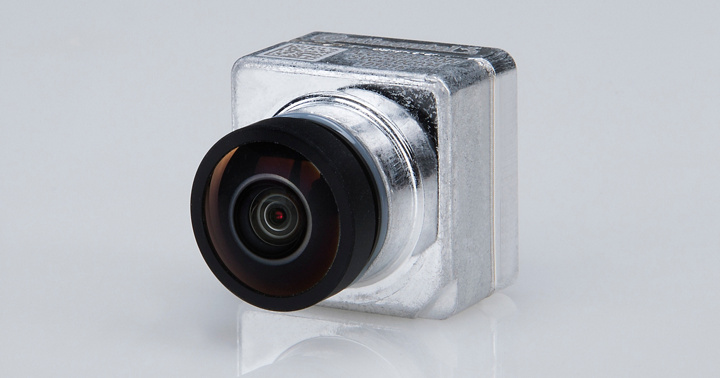Advanced Driver Assistance Systems (ADAS) are innovative technologies designed to enhance vehicle safety and improve overall driving experience. These systems use sensors and cameras to monitor the surrounding environment and assist drivers in various ways.
Advanced Driver Assistance Systems (ADAS)
Adaptive Cruise Control
One of the most important functions of ADAS is adaptive cruise control. This feature automatically adjusts the vehicle's speed to maintain a safe distance from the vehicle ahead.
By constantly monitoring the traffic conditions and adjusting the throttle and brakes, adaptive cruise control reduces the risk of rear-end collisions and provides a more relaxing and efficient driving experience.
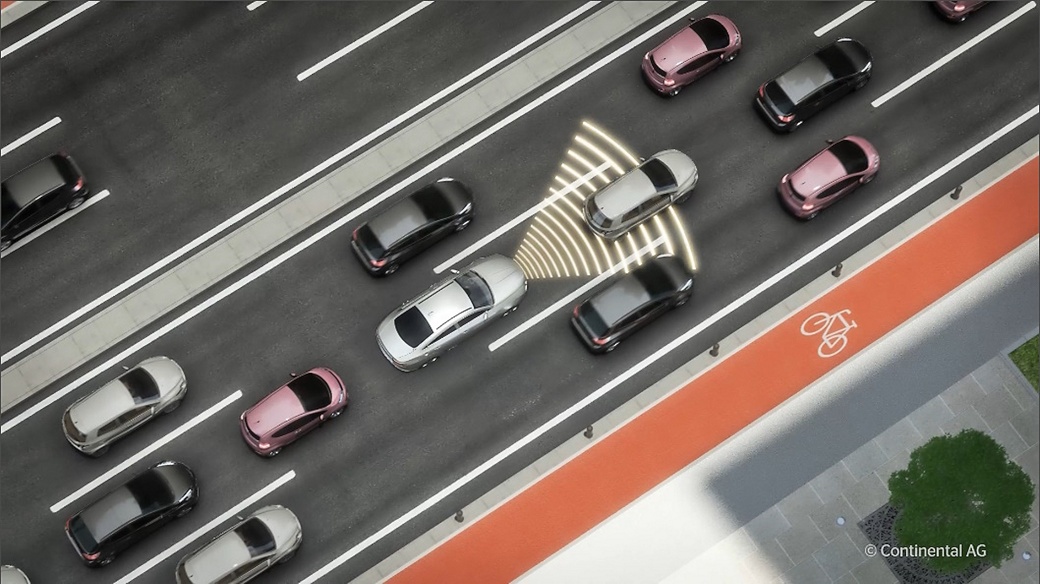
Blind Spot Detection

ADAS also includes features like blind spot detection which help drivers to spot vehicles or objects that may be in their blind spots. Blind spot detection uses sensors to monitor the vehicle's surroundings and provides visual or audible warnings if there is a vehicle in the blind spot zone.
Forward Collision Warning / Emergency Brake Assist
Forward Collision Warning / Emergency Brake Assist is another crucial feature of ADAS. Using radar or cameras, the systems scans the road ahead to detect potential obstacles and warns the driver if there is a risk of a collision.
Some advanced systems can even apply the brakes automatically to avoid or mitigate the impact in case the driver doesn't react in time.

Lane Keeping Assist

Another key function of ADAS is lane keeping assist. This system uses cameras and sensors to detect lane markings and alerts the driver if the vehicle drifts out of its lane without signaling.
In some advanced systems, lane keeping assist can even automatically steer the vehicle back into its lane, helping to prevent accidents caused by driver distraction or fatigue.
Parking Assistance
Parking assistance is another valuable feature of ADAS. This function utilizes sensors and cameras to assist drivers in parking their vehicles safely and accurately. Whether it's parallel parking or perpendicular parking, the system provides guidance and alerts to help drivers navigate into tight spaces.
Some advanced systems even have the capability to park the vehicle on its own with minimal input from the driver.
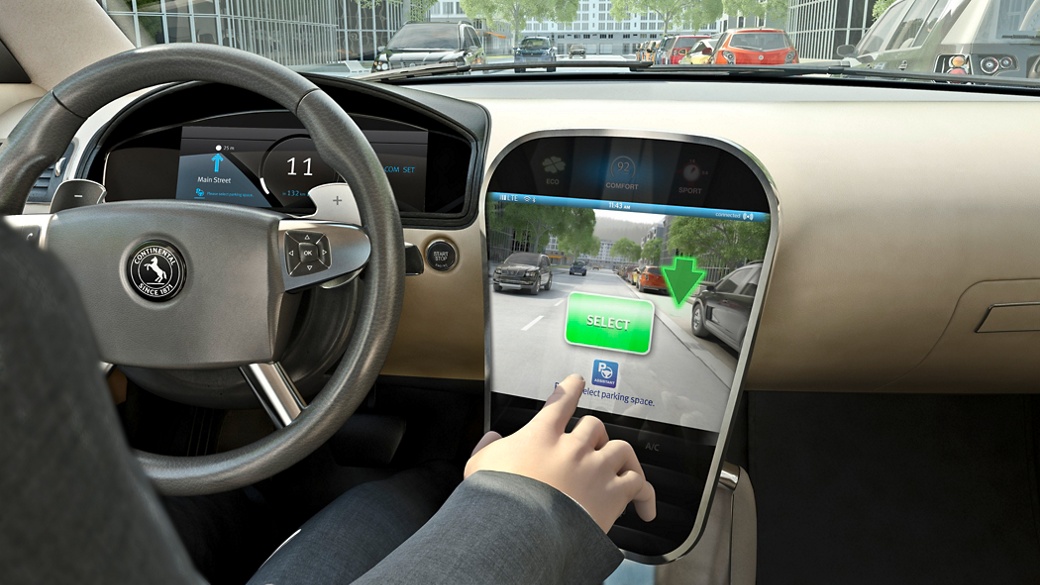
Rear View

ADAS also includes features such as rearview cameras, which help drivers to detect objects that may be obstructing their view while reversing.
Rearview cameras assist drivers in maneuvering their vehicles in reverse by providing a clear view of the area behind the vehicle on the infotainment screen.
Traffic Sign Recognition
Additionally, ADAS includes features such as traffic sign recognition, which uses cameras to read and display traffic signs, helping drivers to stay informed about speed limits, no entry signs, and other relevant information.
This feature can be particularly useful in unfamiliar areas or when driving in changing road conditions.

A selection of our ADAS enablers
Conclusion
Overall, advanced driver assistance systems have the potential to greatly enhance vehicle safety and driver comfort. By providing real-time information, warnings, and assistance, these systems help to prevent accidents, mitigate the severity of collisions, and reduce driver stress.
As technology continues to advance, we can expect even more advanced and sophisticated functionalities to be added to ADAS, further improving the overall driving experience and safety on the roads. It is important for drivers to understand and utilize these features properly to maximize their benefits.
ADAS can never replace the driver's responsibility and attentiveness, but they are powerful tools that can greatly assist in avoiding accidents and making driving safer for everyone.
Do you want to know more?
*If the contact form does not load, please check the advanced cookie settings and activate the functional cookies for the purpose of contact management.
